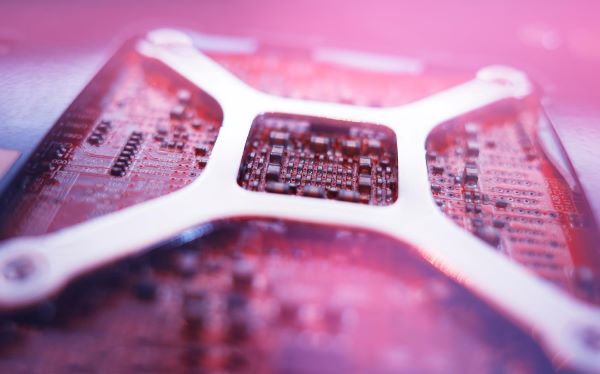In case you missed it see what’s in this section
Let's Talk
Your Total Guide To business

What does THT assembly consist of?
Despite the increasing popularity of surface-mount technology (SMT) in electronics manufacturing, through-hole technology (THT) remains a desirable production method in certain cases. SMT has gained significant attention due to its support for automated production and miniaturization. However, it has not rendered THT obsolete. What processes does THT assembly involve, and what are its advantages and limitations? Read this article to find answers to these questions.
The main components of THT assembly
As the name suggests, THT assembly involves mounting electronic components on a printed circuit board (PCB) through holes. Drilling these holes at specific locations is a necessary step in preparing a PCB for THT assembly. Electronic components are placed on the board either manually by operators or with the assistance of automatic machines that insert leads or pins of these elements into the corresponding holes.
Often, after the components are placed, any excess length of their leads is trimmed on the opposite side of the board.
Finally, THT requires soldering to ensure the interconnection between electronic components. This process typically involves the application of flux, which protects the PCB from oxidation and improves solder wetting. The next step is melting the solder, allowing bonds to form between materials.
Now, the PCB must cool to solidify the solder. In some cases, a PCB may have flux residues and contaminants that need to be removed after soldering.
Advantages and disadvantages of THT
The technological process described above makes it challenging to fully automate assembly, but THT can still be partially automated.
The lack of full automation reduces efficiency and leads to higher manufacturing costs. However, the complexity of THT also enables the production of more durable and reliable PCBs. Many experienced electronics manufacturing service providers (EMS), such as Assel, prefer THT assembly for more demanding applications in devices exposed to harsh environmental conditions, or excessive mechanical stress.
THT vs SMT
In contrast to THT, SMT mounts electronic components directly on the surface of the printed circuit board. Eliminating through-hole mounting facilitates the use of smaller components and denser placement, enabling more compact designs.
At the same time, SMT assembly promotes automation and can result in significant cost savings, particularly in high-volume production. However, the mechanical strength of PCBs manufactured using SMT is lower than that of PCBs assembled using THT. Additionally, repairing, reworking, and replacing elements on PCBs manufactured with SMT is much more challenging than on PCBs assembled with THT.
Conclusions
Although the manual or only partially automated process of placing leads or pins of electronic components through holes in THT results in slower and less efficient PCB assembly, it also enhances the reliability of PCBs. This is why many electronics manufacturers continue to use THT, even though this technology often proves to be less cost-effective than SMT. To learn more about THT and SMT technologies in production, visit https://asselems.com/en/tht-assembly1
Weather in Bristol
Listings
















